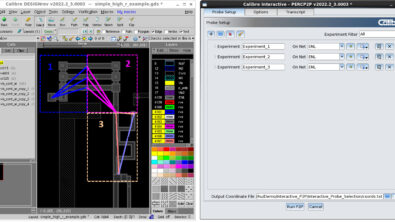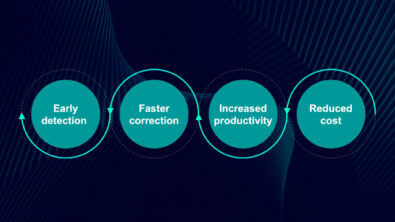Sharpening your focus…Removing irrelevant data during P2P debugging
By Slava Zhuchenya – Mentor, A Siemens Business
Want to minimize resource and load times, while improving P2P resistance debugging? Filtering the supply net to show only the section relevant to the P2P results is a good start.
Can you find the panda in each of these images? How long did it take you?
How about now? Any faster?
The same idea holds true when designers are debugging supply nets for point-to-point (P2P) resistance violations. They only need to see the portions of the net layout that are contributing to the error, but they have to load large power and ground nets that consume lots of resources and take forever to finish. Nothing worse than starting a time-consuming task when you know you only need one small part of the results to do your job.
 Now, there’s a solution. The Calibre® RVE™ results viewer lets designers use filters to limit the scope of layout net highlights and include only the information they need to observe during a debug session. With three filters (global, device, and window) that can be used alone or in combination, designers can simply ignore any irrelevant layout data while highlighting a net for review. P2P debugging just got a lot easier, and a lot faster.
Now, there’s a solution. The Calibre® RVE™ results viewer lets designers use filters to limit the scope of layout net highlights and include only the information they need to observe during a debug session. With three filters (global, device, and window) that can be used alone or in combination, designers can simply ignore any irrelevant layout data while highlighting a net for review. P2P debugging just got a lot easier, and a lot faster.
If you’re thinking, “Hey, that sounds useful. I’d like to know more,” you’re in luck. We have a white paper that explains all the details. Click here to view or download a copy, and you can be on your way to reducing both P2P debug time and resources, while still ensuring you deliver reliable, robust designs.





